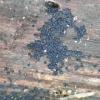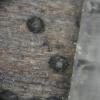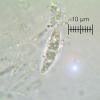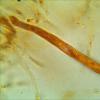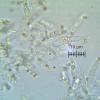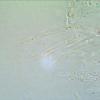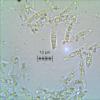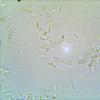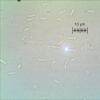
05-05-2013 11:13
 Nicolas VAN VOOREN
Nicolas VAN VOOREN
Bonjour.Je cherche l'article suivant : Yao Y.J. &a

01-05-2013 23:52
 Joop van der Lee
Joop van der Lee
Found on horse dung.Asci: 169.41-169.67x31.06-31.5

03-05-2013 22:59
 Joop van der Lee
Joop van der Lee
Found on horse dungAsci 75.40-80.55x15.74-16.04 um

02-05-2013 19:32
hannie wijersThis one is also on horsedung. Ik wanted to use th

03-05-2013 20:26
 Joop van der Lee
Joop van der Lee
Found on horse dungAsci 292.96-542.32x37.83-45.42

02-05-2013 19:16
hannie wijersI think this could be Sporomiella pilosa? I found

03-05-2013 04:18
 Godorova Olga
Godorova Olga
Hello, dear friends. We've found two interesting s

02-05-2013 18:45
 Gilles Corriol
Gilles Corriol
Est-ce que quelqu'un peut m'orienter dans un genre

02-05-2013 19:03
 Gilles Corriol
Gilles Corriol
Bonjour,Voici une Hyaloscyphaceae pour le moment i
 Hello,
Hello,I found a pyrenomycete on alnus sp. (maybe some other angiospermae).
The diameter is up to 0,2 mm. Spores 18-22 x 3,5 – 4,5 µm hyalin, with many guttules, 1-septate. Asci 8 spores without iodine porus reaktion, 95 x 8 µm.
Maren

quite looks like Chaetosphaeria, did you also see 3-septated spores (at maturity)? And conidia? This is important for determination.
regards,
björn

I suppose, I have identified this one, I found similar fruitbodies yesterday. It might be Zignoella (Chaetospharia) ovoidea.
Maren
